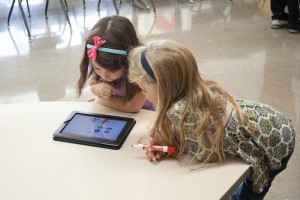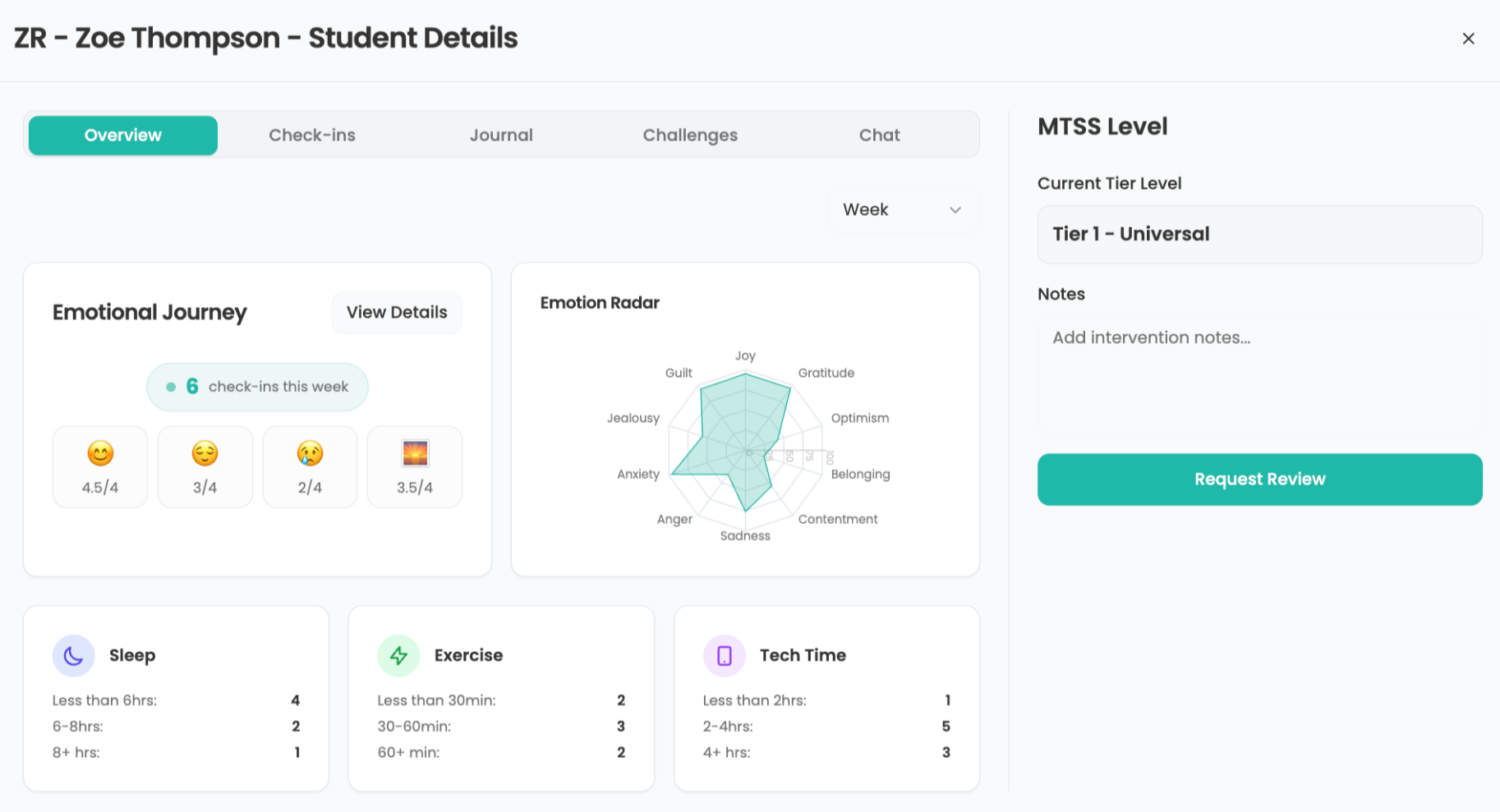Managing Complex Change in Piloting 1:1

The Managing Complex Change Model is credited to Dr. Mary Lippit: http://tinyurl.com/c974qdw

CC Licensed by Mike Oliveri. http://www.flickr.com/photos/mikeoliveri/6300500597/sizes/z/in/photostream/
As we prepare to implement a pilot 1:1 program with iPads in my district, I keep thinking about this model which hangs prominently in my office. Certainly the lessons learned from other districts who have gone before us indicate that this is a pretty good guide to use to steer us towards a successful 1:1 launch. For instance, in the report, Examining Issues Critical to a 1:1 Learning Environment: Principal Leadership, it states “…schools must have the capabilities and strategies for the laptop use to be effective (Warschauer, 2006). This includes technology support, resources, and strong leadership guiding the programs.”
I decided to take a closer look at each of the elements in this chart and translate to the situation at hand.

Vision
Without vision, confusion is the result.
In our IT-Education Services department, we continuously share our vision that technology is not the “end” – but rather the tool that will allow teachers to transform learning for students. We are working on a plan to use the Technology Integration Matrix developed by the Florida Center for Instructional Technology to help them understand the vision of what transformation looks like. The matrix contains links to excellent short videos that show various levels of technology use and depth of learning across all subject areas and grade levels.
Tools and ideas to transform education. Sign up below.
Skills
Without skills, anxiety is the result.
We are beginning to outline a plan for professional development for teachers who will be in the 1:1 pilot using the Understanding by Design model. Thus, we are starting with the end in mind –our overall transfer goal of students using the technology at the point of need to connect with the “real world” and to allow choice in how they learn as well as in time, place, path, and/or pace in learning. (Innovative Innosight’s Blended Learning Model). In following the UbD 2.0 Template, we are also identifying understandings, knowledge and skills that teachers will need to be successful with achieving the long-term transfer goal and vision. We recognize that skills with using the technology are just as important to address as the vision and goals, and that we will most likely be working with teachers who are at many different levels in terms of their current skill and comfort level of using technology. That is where the Technology Integration Matrix will come in handy – so that we can let teachers self-evaluate where they are currently in their practice, and then we can plan a tiered approach to the professional development to meet them where they are and help move them to the next level.
Incentives

Without incentives, change is more gradual.
In our situation, offering any kind of monetary incentives to teachers in the 1:1 pilot to learn new skills and pedagogy is probably not going to be possible. We will do the best we can here, getting an iPad in their hands well in advance of deployment with students so they can begin to get comfortable with the technology. Additionally, we always make it possible for teachers to earn professional development credit towards recertification and incremental salary increases. The thing is, we usually find that access to the technology itself for the teacher and their students is a HUGE incentive – for perhaps all except for the laggards (on the Diffusion of Innovation scale).
Resources
Without resources, frustration ensues.
We realize that resources can be everything from people (tech support) to tools, accessories, apps, best practice information, and robust networks. Our 1:1 plan does call for beefing up the network in the pilot schools, and we will be sharing app information via our district’s iPad User Group wiki. One of our biggest areas of concern, however, is tech support. The district has invested in 2 additional positions at the district level, but it will be up to the individual schools to decide whether or not to add additional tech support at the building level.

Action Plan

Without an action plan, you will be subject to a series of false starts – “the treadmill effect.”
The action plan is currently being written. We are linking this closely with the vision, objectives, tactics and action plan developed by the schools for learning and student achievement in general.
I’d really like to hear from anyone who has already implemented a 1:1 with iPads about what worked and what didn’t.
